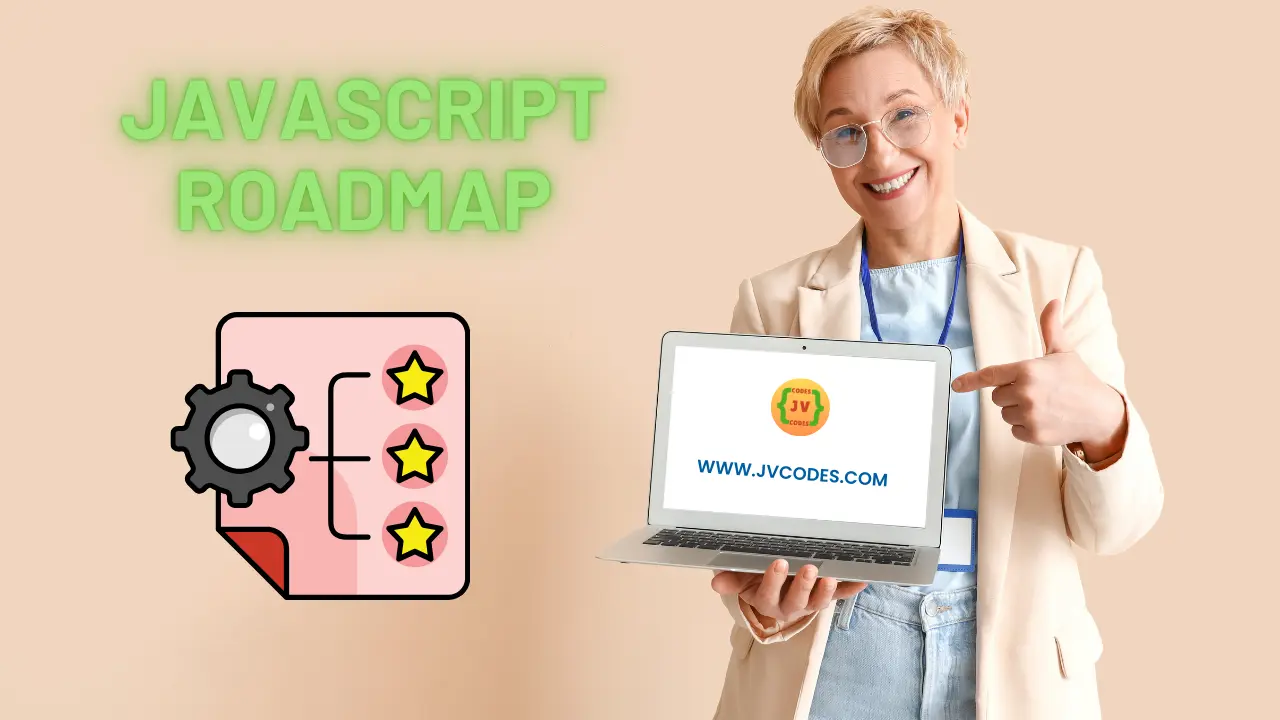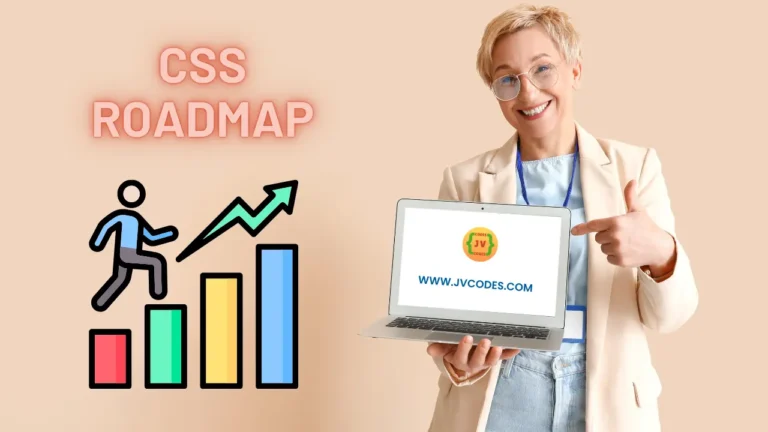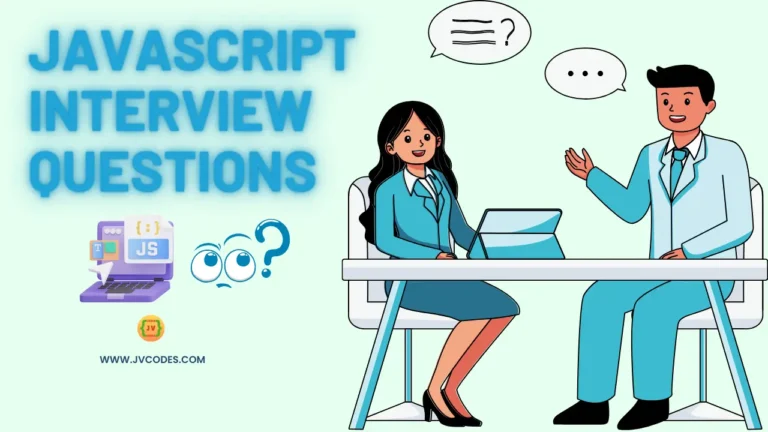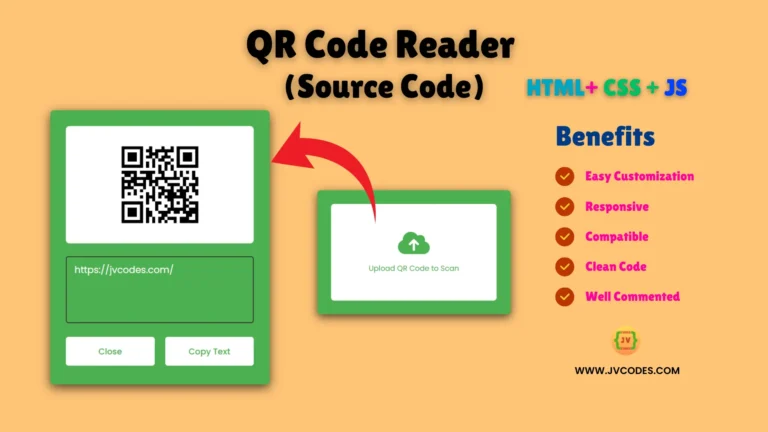JavaScript Roadmap: Ultimate Guide for Beginners
JavaScript serves as the element that activates website functions. A significant number of guides make this subject unnecessarily complex, which turns out to be untrue because here is the real story. The JavaScript roadmap provides only essential elements needed for development each day.
The guide only provides the necessary information for the actual function, eliminating unnecessary complications.
What is JavaScript?
Web pages obtain their interactive character through the programming language known as JavaScript, which developers call JS. Are there buttons that function properly? Are there forms that are submitted successfully? Could I create visually appealing animations? JS, HTML, and CSS function as the structure, while JavaScript provides interactivity for your webpage.
What’s a JavaScript Roadmap?
A roadmap provides a time-saving guide for JS learning that helps you avoid unnecessary waste of time. Instead of bouncing between random tutorials, you’ll follow a battle-tested plan—starting with basics (variables, functions) and ending with real-world skills (APIs, DOM manipulation).
20-Day JavaScript Roadmap
Day 1: JS Introduction & Setup
What is JavaScript, and where do you add it to your HTML?
Day 2: JS Output & Syntax
Learn how to show messages on your site and write basic JS code.
Day 3: JS Statements & Comments
Write clean code using proper syntax and add helpful comments.
Day 4: JS Variables (var, let, const)
Understand how to store values using variables.
Day 5: JS Operators & Arithmetic
Do simple math like adding, subtracting, and comparing values.
Day 6: JS Data Types
Learn about strings, numbers, booleans, null, undefined, and objects.
Day 7: JS Functions
Create blocks of code that you can run again and again.
Day 8: JS Objects & Methods
Group related data and actions using objects.
Day 9: JS Events & DOM
React to user actions like clicks, input, and page loads.
Day 10: JS Strings & String Methods
Play with text—changing, joining, slicing, and more.
Day 11: JS Arrays & Array Methods
Store multiple values in one variable and loop through them.
Day 12: JS Conditional Statements (if, else, switch)
Make decisions in your code with if-else logic.
Day 13: JS Loops (for, while, for…in, for…of)
Repeat the code using loops to save time.
Day 14: JS Date, Math & Random
Use built-in tools to work with dates and numbers.
Day 15: JS Type Conversion & typeof
Understand how to convert values and check types.
Day 16: JS Scope, Hoisting & Strict Mode
Learn how JS handles variables behind the scenes.
Day 17: JS this, Arrow Functions & Closures
Level up your function knowledge with modern syntax and behaviour.
Day 18: JS Classes, Inheritance & Modules
Write clean, reusable code using classes and a modular structure.
Day 19: JS Async (Callbacks, Promises, Async/Await)
Make your code run smoothly even with slow tasks like fetching data.
Day 20: Final Project + Cheatsheet
Wrap it up by building a mini project and using a cheat sheet for quick review.
Why Should We Learn the JavaScript Roadmap?
JavaScript is everywhere. Mobile applications, together with websites, games, and desktop programs, implement JavaScript. JavaScript is a complex language. That’s why you need a plan. A roadmap gives you focus. You don’t waste time. The program provides the necessary knowledge at each specific learning stage.
Final Thoughts
The learning process of JavaScript does not require exceptional intelligence. You need consistency. Stick with this 20-day JavaScript roadmap. The end of this teaching will reveal how to produce genuine JavaScript code while developing interactive website features. All developers started from the level where you find yourself today.







